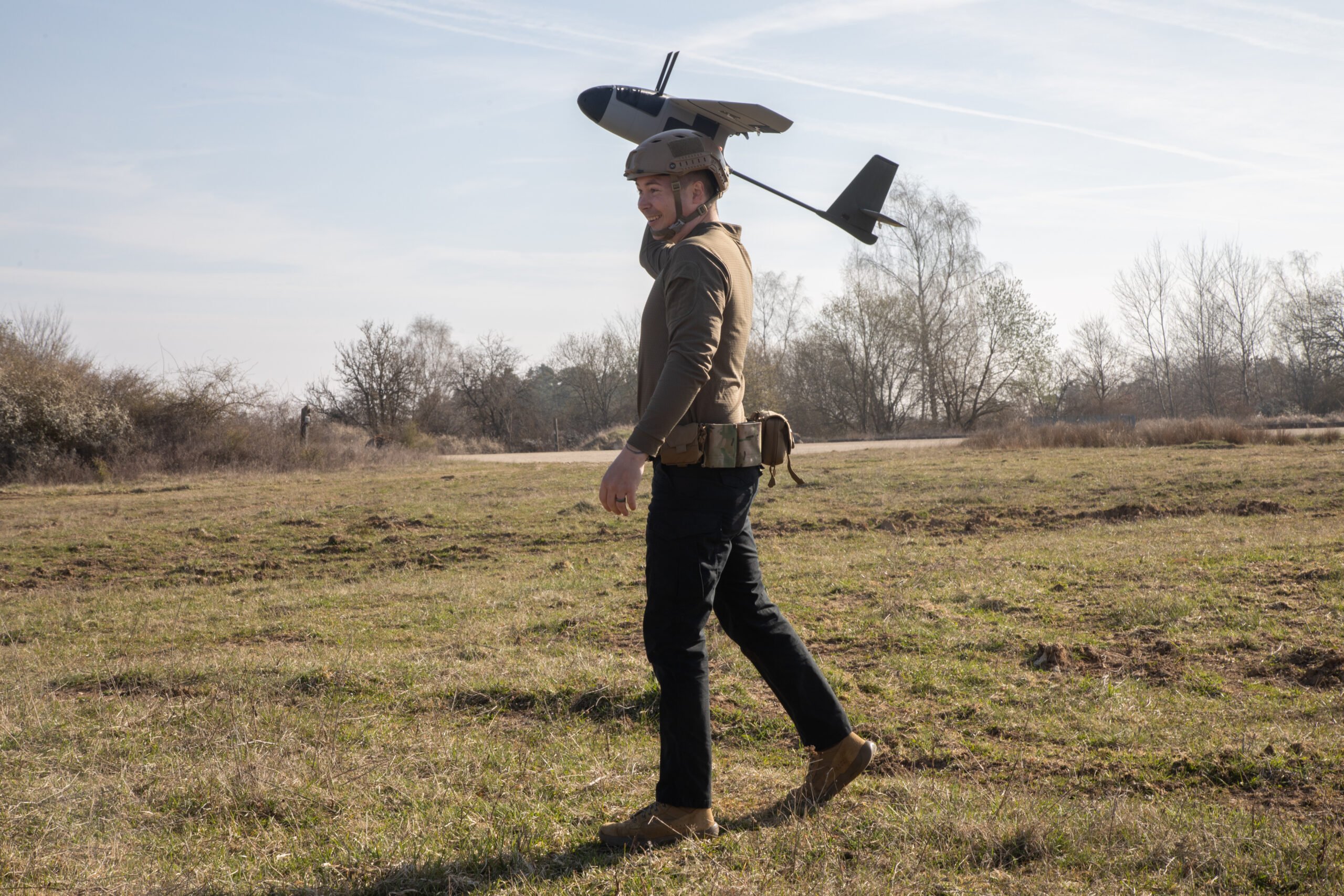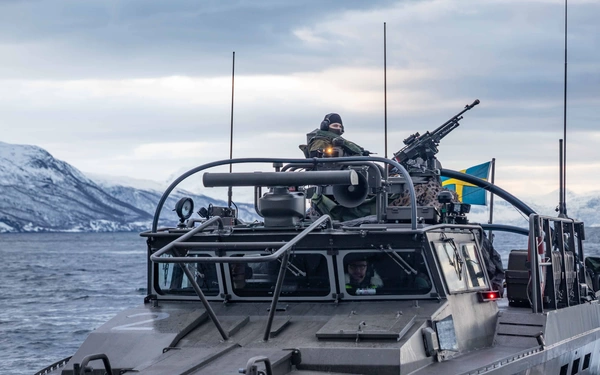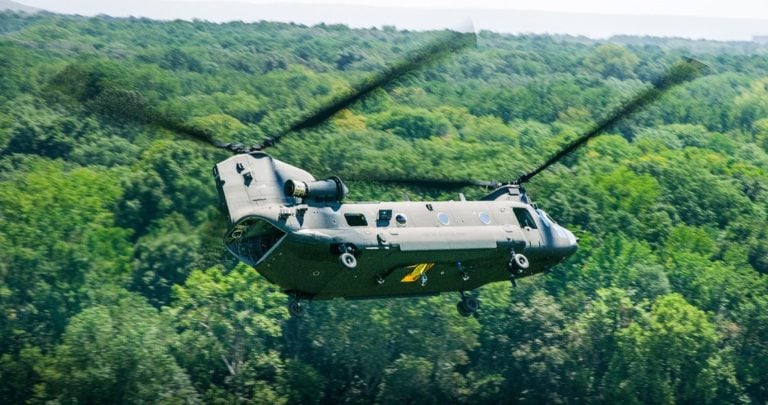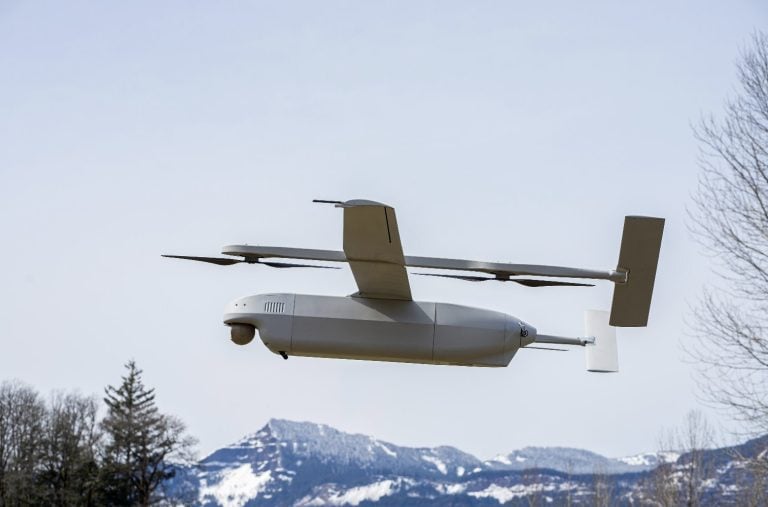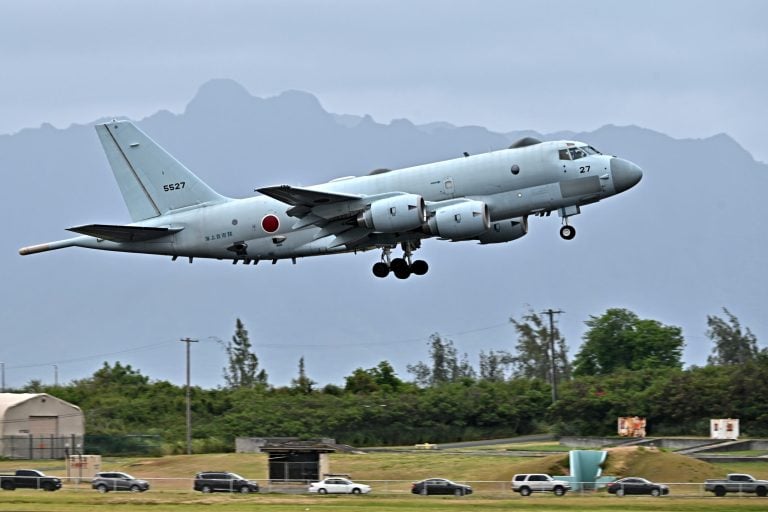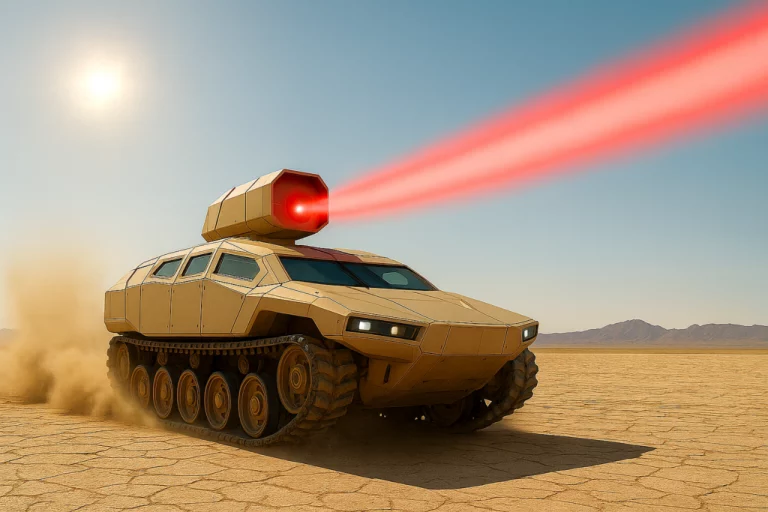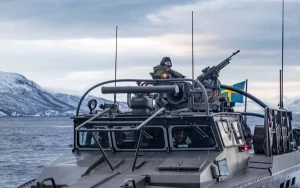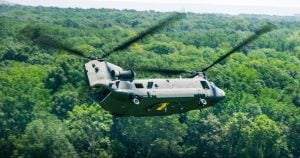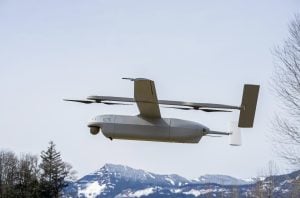The US Army is preparing to implement an innovative approach to military operations by deploying 3D-printed drones in an upcoming exercise in Poland. This initiative aims to assess the drones’ capabilities to detect potential threats that exceed the conventional detection methods available to soldiers, particularly in complex environments.
Troops from the 2nd Multi-Domain Effects Battalion, stationed in Germany, will utilize up to two of these small drones during the exercise. These drones are equipped with advanced sensors that allow them to scan the electromagnetic spectrum, identifying various signals and sources of hostile activity that traditional cameras alone cannot capture. The specific targets for detection include cell phones, routers, WiFi signals, radars, and more. This capability is crucial for enhancing situational awareness on the battlefield.
Lt. Col. Aaron Ritzema, the battalion commander, emphasized the importance of this technology, stating, “The main way I see adversaries is through their electromagnetic signature.” He aims to replicate the operational capabilities of potential adversaries in the electromagnetic spectrum, providing a clearer picture of their activities.
This test will be pivotal in determining the operational range of the drones in identifying simulated threats. The results are expected to help commanders make quicker, more informed decisions during missions, thereby improving overall effectiveness in the field.
The initiative reflects a broader effort within the Army to innovate and adapt modern technology to military needs. According to Sgt. 1st Class Tyler Baumgartner, who leads the battalion’s innovation lab, the team has developed essential skills to ensure the quality of the drone prints. Often relying on self-directed learning, they faced various challenges that required creative problem-solving and collaboration with others.
Despite the progress made, Chief Warrant Officer 2 Chris Lehr noted that the project is still considered a “work in progress.” Initial trials did not meet all expectations, and the upcoming exercise will be crucial in evaluating whether the unit is prepared to scale production. This will determine if 3D-printed drones can be integrated into standard procedures for electromagnetic threat detection, marking a significant advancement in military technology and operational strategy.
